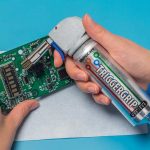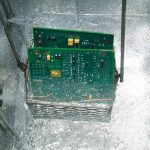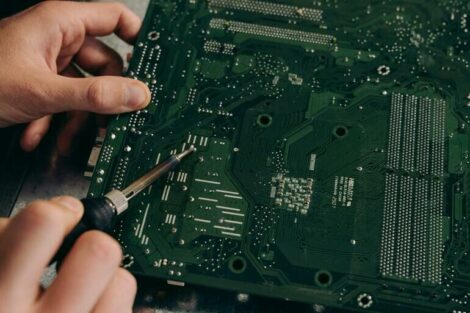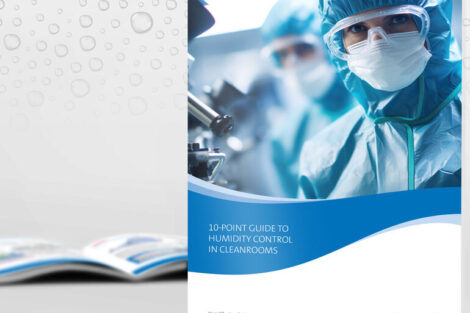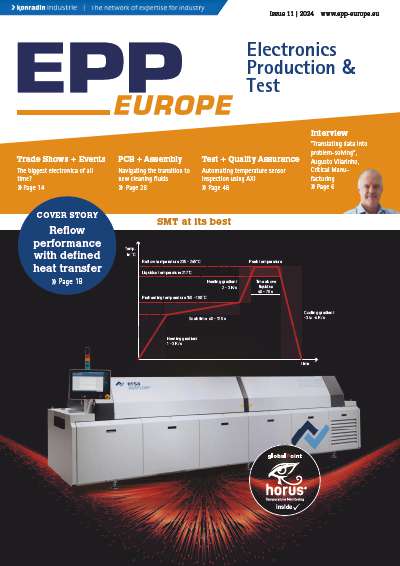Removing contamination from printed circuit boards remains a huge reliability and warranty issue for PCB manufacturers. One of the cleaning experts from MicroCare Corp., a manufacturer of critical cleaning products, addressed that specific issue.
Russell Claybrook, Regional Sales Manager, stated that process control remains a major deficiency in the cleaning of PCBs, whether it be on the benchtop or in an automated cleaning system. With more than 27 years of experience working in the industry, Claybrook has expertise in both PCB assembly and rework. He presented methods and tools for creating an effective ‘Process Control Program’ for PCB cleaning.
“Bench top cleaning still is performed with the same methods companies used 40 or 50 years ago,” he explained. “It’s ironic that manufacturers devote enormous amounts of energy and capital into process control at printing, placement and reflow, only to abandon that discipline at the bench — the final assembly area most circuit boards pass through before shipping to end users.”
“’Dip-and-brush’ cleaning has been the de facto standard for PCB cleaning for years,” Russell explained. “But with today’s new solvents, PCB designs, component configurations, fluxes and pastes, the efficacy and cost-effectiveness of this old-fashioned method really is being called into question.”
“Any cleaning process should be defined with a specific quantity of cleaning materials for each cleaning task,” he added. “Furthermore, the process must stress the four steps for successful cleaning: wet, scrub, rinse and dry” cited in “To Kill A Circuit Board: Perils In Manual Soldering and Cleaning Process” by Cheryl Tulkoff.
Ms. Tulkoff wrote: “Manual soldering and cleaning processes are among the least controlled processes in printed circuit board assembly. As a result, they create special challenges to both quality and long term reliability. If flux residues must be removed manually, a four step process of wet, scrub, rinse, and dry is recommended. Use some form of dispensing system for the solvent to control the flow and volume,” Ms. Tulkoff concludes in her paper.
For automated cleaning, the company recommends vapor degreasing processes using a modern, environmentally-progressive low-boiling solvent. On the benchtop, the best method is a controlled dispensing systems such as the TriggerGrip system, which attaches onto an aerosol and delivers faster, better and safer cleaning. This costs less and cleans better than sloppy dip-and-brush cleaning.





